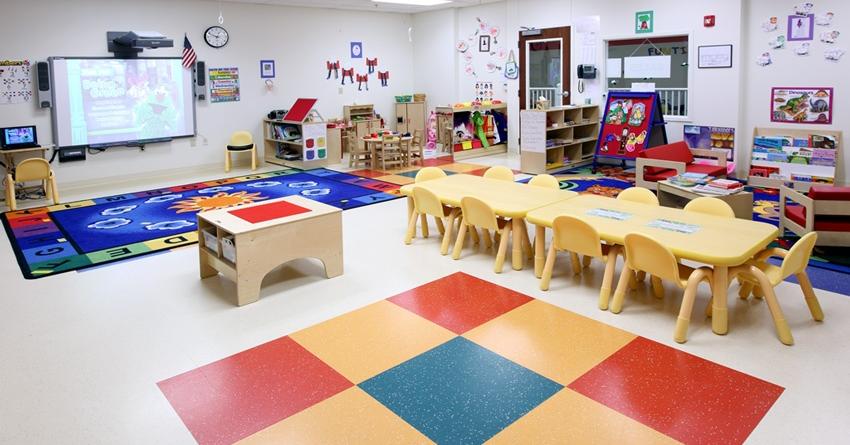In today’s educational landscape, the importance of creating an ideal classroom setting cannot be overstated. It plays an important role in enhancing the learning experience for students and teachers alike. The choice of school furniture is a fundamental aspect of achieving this objective, as it significantly influences the overall atmosphere and functionality of the classroom.
The Impact of Classroom Furniture
The furniture within a classroom is more than just functional; it serves as a backdrop for the educational journey of every student. From the chairs they sit in to the desks they work at, these elements shape the way students engage with the learning process. Therefore, it is imperative to select the right furniture that not only caters to the educational needs but also fosters a conducive learning environment.
Ergonomics and Comfort
One of the key considerations when selecting school furniture is ergonomics. Ergonomically designed furniture ensures that students and teachers can sit comfortably for extended periods, reducing risk of discomfort and distraction during lessons. Chairs with proper lumbar support and also adjustable desks that cater to different student heights contribute to a comfortable learning environment.
Flexibility in Seating Arrangements
To accommodate various teaching methods and activities, a versatile approach to seating arrangements proves essential. Collaborative learning, group discussions, and individual tasks each demand distinct setups. Furniture that seamlessly transitions between configurations facilitates an engaging and dynamic classroom atmosphere. Adaptable desks and chairs empower educators to effortlessly transform the space as needed, promoting fluid transitions between teaching modalities. Whether arranging students in clusters for group work or providing individual workstations for focused study, the ability to reconfigure furniture optimizes the learning environment. This flexibility encourages active participation and fosters a dynamic atmosphere conducive to diverse pedagogical approaches, ultimately enhancing the overall educational experience.
Durability for Longevity
Investing in high-quality, durable furniture is a prudent choice. Well-constructed furniture not only withstands the rigors of daily classroom use but also has a longer lifespan. This ensures that educational institutions get value for their investment and reduces the need for frequent replacements. Durability not only extends the longevity of the furniture but also minimizes maintenance costs, allowing educational institutions to allocate their resources more efficiently. Moreover, choosing long-lasting furniture contributes to environmental sustainability by reducing waste and the carbon footprint associated with the production and disposal of furniture. In essence, prioritizing durability is a sound and responsible decision for educational institutions.
Incorporating Technology
In the ever-evolving landscape of modern education, technology integration stands as a vital pillar. Adapting to the digital age, these furniture must be thoughtfully designed to seamlessly incorporate devices such as laptops and tablets. Accommodating these tools fosters an environment where digital learning resources can be harnessed effectively. To maintain an organized and clutter-free classroom, it is imperative to include appropriate cable management solutions within the furniture design. This ensures that the technological infrastructure aligns harmoniously with the educational objectives, enhancing the overall efficiency and functionality of the learning space.
Promoting Sustainability
Sustainability is a growing concern globally, and educational institutions are increasingly looking for eco-friendly furniture options. Choosing furniture made from sustainable materials and practices not only reduces the environmental impact but also sets a positive example for students about responsible consumption.
Aesthetics and Visual Appeal
While functionality is paramount, the aesthetics of classroom furniture should not be overlooked. Attractive and visually appealing furniture can create a more inviting and stimulating environment for students. Bright colors, ergonomic designs, and creative layouts can make a significant difference in the overall ambiance of the classroom.
Storage Solutions
Effective storage solutions are crucial for keeping classrooms organized and clutter-free. Desks with built-in storage compartments or additional shelving units can help students and teachers keep their materials neatly organized, enhancing the overall learning experience.
Budget Considerations
Budget constraints are a reality for many educational institutions. While it’s important to invest in quality furniture, it’s equally important to stay within budget. Exploring cost-effective options without compromising on quality is a prudent approach.
Seeking Expert Guidance
Choosing the right school furniture can be a challenging task. To make an informed decision, educational institutions often seek the expertise of furniture specialists or interior designers who can provide valuable insights and recommendations tailored to their specific needs.
Conclusion
In conclusion, the selection of school furniture is a critical element in creating the perfect classroom. Ergonomics, flexibility, durability, technology integration, sustainability, aesthetics, storage, and budget considerations are all important factors to keep in mind. By carefully assessing these aspects and seeking expert guidance when needed, educational institutions can craft learning spaces that inspire and facilitate the educational journey of their students, fostering a conducive and engaging learning environment for all.

